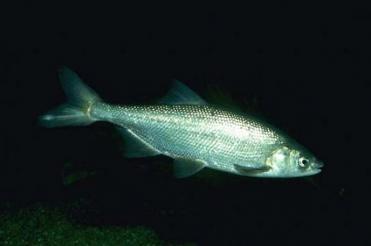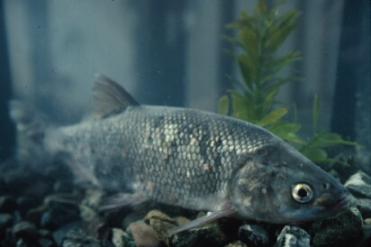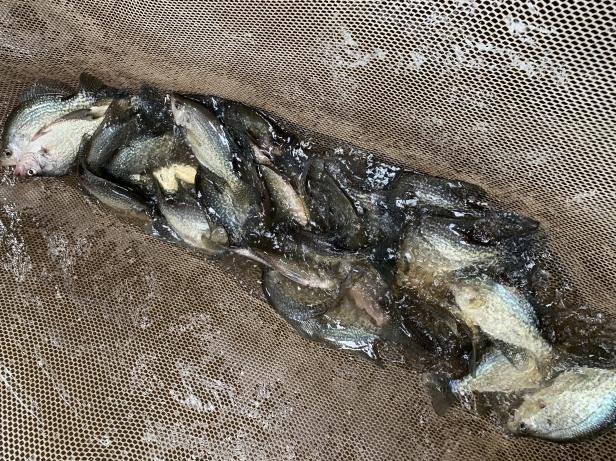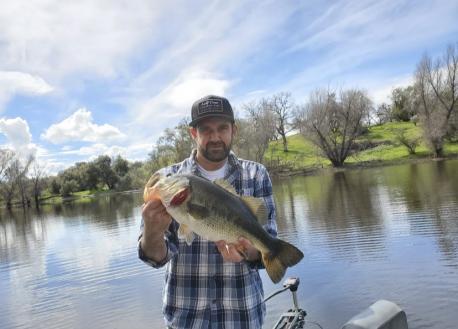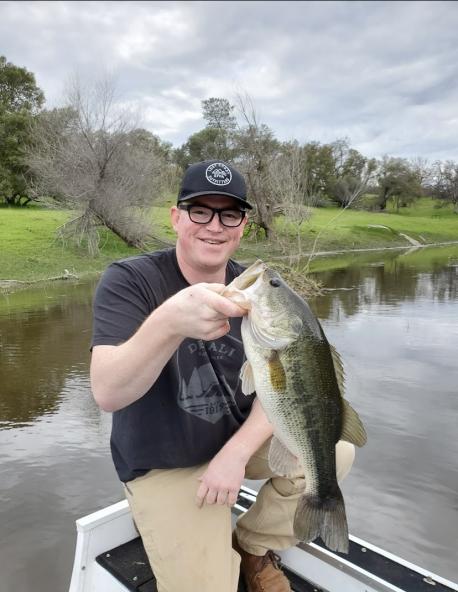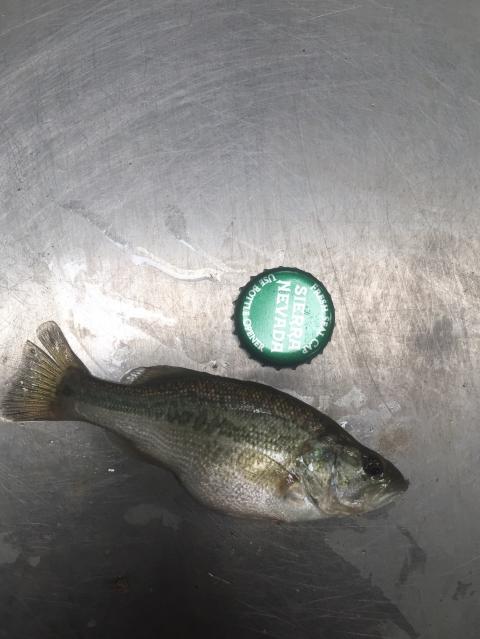559-977-7164 | info@wcfisheries.com
Sacramento Blackfish
The Sacramento blackfish, Orthodon microlepidotus, is a cyprinid fish of central California. It is the sole member of its genus. Blackfish are distinctive for their overall dark color (thus the common name). Younger individuals are more silvery, but darken as they age. The scales are unusually small, counting 90-114 along the lateral line. The forehead has a straight-line profile, the eyes are smallish, and the terminal mouth slants upwards. The dorsal fin starts just behind the pelvic fins, and has 9-11 rays, while the anal fin has 8-9 rays, and the pelvic fins 10 rays. The pharyngeal teeth are long, straight, and knife-shaped; the dorsal part of each tooth has a narrow grinding surface. They have been recorded at up to 55 cm in length.[2] Unlike most North American cyprinids, they feed on zooplankton, planktonic algae, and floating detritus, including rotifers, copepods, cladocerans, diatoms, and the like. Younger fish pick at food items individually, while adults work by pumping large amounts of water through the oral cavity; the food bits are caught in a patch of mucus on the roof of the mouth, where it is secreted by a special organ, and then the fish swallows mucus and food together. Blackfish are primarily denizens of the warm turbid waters found on the floor of the Central Valley, such as sloughs and oxbow lakes connected to the Sacramento and San Joaquin Rivers. They are also common in Clear Lake, Pajaro River, Salinas River, the small creeks that feed into San Francisco Bay. A population is present in the Russian River, although they may have been introduced. They also thrive in reservoirs, and have been spread to a number of California reservoirs via the California Aqueduct, and into Nevada via the Lahontan Reservoir (1964) where they have further colonized the Humboldt River drainage. Sacramento blackfish are of some commercial significance, and are sold live at many Asian fish markets in California.

